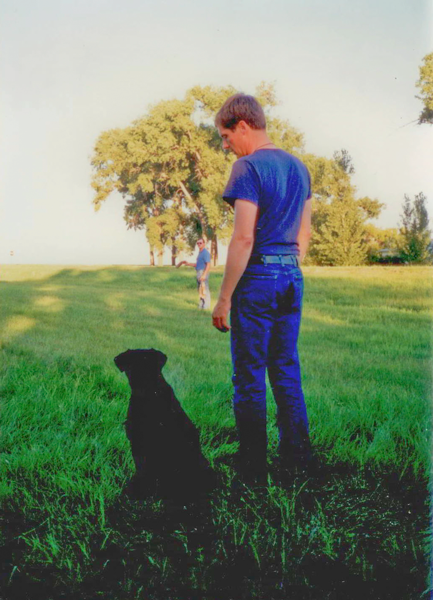It all starts with sit, stay, heel, and come commands
With the grouse season just around the corner, the most important thing a trainer should remember before turning to real birds is that the dog must know the basics—sit, stay, heel, come. The dog has to have fundamentals down, I can’t emphasize that enough. They have to come when you call them.
Once the dog has the retrieve with dummies down—not balls, sticks, or play toys—the next step is frozen birds. We like to start the dog out on frozen pigeons for several reasons. On a frozen bird, the feathers are tight, and the dog won’t get a mouthful of feathers, and there is a tendency with a freshly killed bird because of the taste or smell of blood it will encourage the dog to munch.
The first retrieve with the frozen pigeons should be simple, with no diversions, such as throwing it down the road or into the garage. If the dog has been having a hard time learning the come command, I suggest throwing the frozen pigeon in a garage and standing in the doorway. But don’t tell the dog to come until it has the pigeon in it mouth. Don’t be too concerned if the dog drops the pigeon at your feet the first few retrieves.
After the dog is used to a frozen pigeon with no diversion, a buddy can assist by going a short distance away, tossing a pigeon into light to medium cover and shooting a gun while the dog sits near the trainer.
The next step is to incorporate a dead pigeon hidden in the grass and use the fetch command, which means go look and pick it up. Then, the trainer should always start in light to medium cover with a light wind blowing in the dog’s face.
When the dog has developed consistency with the dead pigeons, the next step is to advance to frozen ducks or pheasants. This will introduce the dog to different smells, textures, and weights.
Each dog will act a little differently, some might pick the duck or pheasant up right away, while others will just sniff and leave them. If the dog won’t pick up the frozen duck or pheasant, tease them with the bird. Drag it around and toss it and tell the dog to fetch it with an encouraging tone of voice. But, don’t let the dog get by without picking it up at all, then it’s time to take it to a professional for force breaking.
A nice technique is to take a live duck with clipped wings, wrap 3-inch masking tape three times around its body and wings and allow the bird to escape into medium to heavy cover while the dog sits on stay. In a few minutes, release the dog. This gives the dog the opportunity to get its nose the ground to find a live bird.
A final and very simple exercise involves going for a walk with your dog and taking along a live pigeon with its primary flight feathers removed. After the dog is released and it’s quartering away, take the pigeon and throw it like a baseball diagonally over the dog. The pigeon should be able to fly about 30 to 35 yards. While in flight, the trainer should shoot a gun.
This is a good way to simulate a hunt, because it will allow the dog to see the bird falling, and it will be able to retrieve a live bird. This will get the dog excited.
